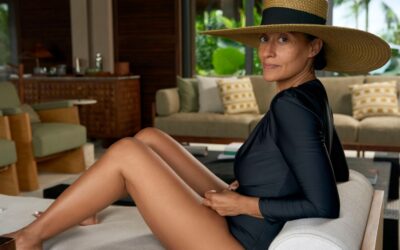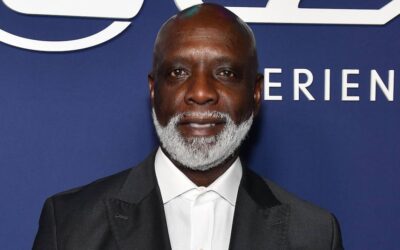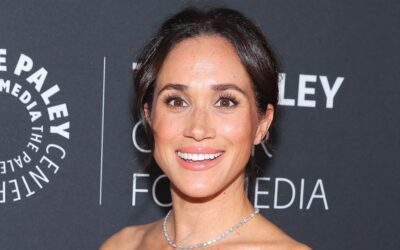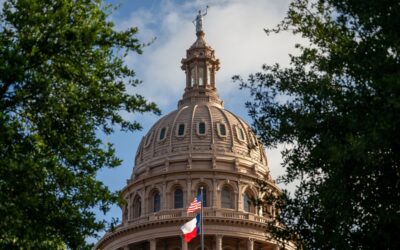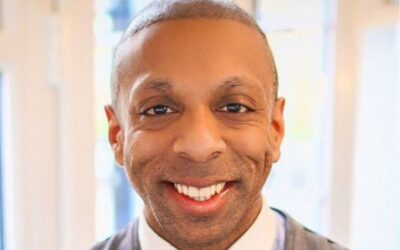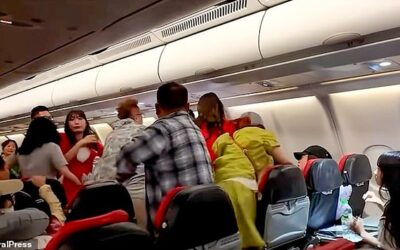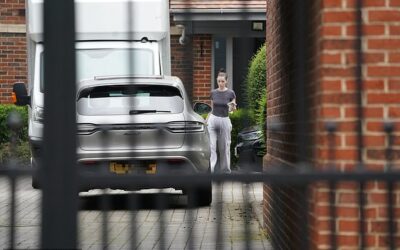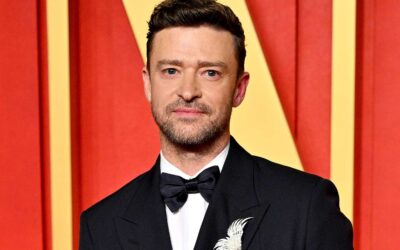«Destination X» crowned Rick Szabo, his first winner when the first season came to an end.
Szabo, a bird observer, was one of the three finalists (along with Biggy Bailey, a sports better and Peter Weber, «The Bachelor» Star) was reduced from a group of 10. He ended up winning the $ 250,000 Grand Prix
After the episode began with the finalists in a helicopter on London, it depended on them to discover in which city they were. Trivia and tracks hinting at the location led Szzabo to guess that they were in London and took him to Gloria.
The program comes from Andy Cadman, who borrowed from the Belgian television program, «Bestemming X» and adapted it to the American public. The premise is to take the contestants to an adventure when they travel in a dark bus and have to find out what part of the world they are in.
But achieving it provided logistics challenges and a great crew. Among 10 contestants, members of production and crew, «Destination X» accumulated the following statistics:
Number of miles traveled – 5,316 miles
Number of weeks it took to shoot: 4.5 weeks
Hotel room number – 6,260
Number of crew members – 195
Number of cross -country lines: 10 (Brussels, Italy, Switzerland, France, Belgium, Netherlands, Germany, Austria, Italy, France, United Kingdom)
Completed Challenges Number: 20
Number of crew vehicles in the general convoy – 46
Number of drivers – 52
«Shooting ‘Destination X’ was like entering a well -greased machine, with the creative vision of Universal Television Alternative Studio and Twofour’s Boots on the Ground Production Expertis.
«Carrying out ‘Destination X’ meant building a world -class world adventure, crossing field lines, designing challenges and relocating hundreds of crew members and tons of teams almost every day,» said Toby Gorman, president of Universal Television Alternative Studio. «Producing the program was a logistics feat, and our association with Twofour said we could offer something really spectacular.»
Cadman discussed the adaptation of the show for the American public and the challenges of assembling the program while traveling through Europe. He also expressed his hopes for the second season of the program.
This show is based on a successful format that worked in Belgium. What did you have to do to be friendly to the American public and adapt it?
I loved the Belgian version. I thought it was a large format. When they sent me the Belgian version for the first time and I saw it, I thought it was a lot of fun. Obviously it was not correct for an American audience; I was in the weeds of geography. I think we all had an ambition, both on the side of production and on the side of the network, so that it is more a reality show with more tactics and strategy, and less specifically based on geography.
We tried to create scenarios for the contestants where they could cling or share information, and that became an important part of the season. We drastically change the format in which, in the Belgian format, everyone goes to the maps room and all guess where they are. We think it would be much more fun to get into the maps room, make it a little more the contestants fighting each other.
What were the criteria for gathering this group?
We wanted a bit of everything. One thing that I did not anticipate was how much they would study in advance and how much they would know when they arrive. Many of them really did their homework. As for casting, it was the character. We wanted to bring a variety of people. Biggy Bailey had never left the United States, but it was incredibly competitive, and he had really done his homework, so he felt very good to face someone who had traveled much more, like Rick, who had seen a little more in the world.
You travel through a lot of Europe. What did you dedicate to finding places and which one was the most difficult to shoot?
We wanted to have recognizable reference points. We wanted the audience to be and could find out where they could be. We wanted it to be accessible. When you talk about an adventure in Europe, there are hot points where you immediately think, such as Paris and Rome.
We also wanted to go to a snowy place, which dictated that specific location. We only wanted to be able to show some of everything Europe has to offer. We wanted to find challenging places where the contestants could be out of the bus and not know where they are.
The most difficult to shoot was the well. In episode 1, he was very challenging. It was very inaccessible to get the crew, equipment and contestants there.
Speaking about the crew, these statistics: 5,300 miles traveled, 6,200 hotel rooms, 195 crew members, 32 drivers and more. Can you discuss the logistics of assembling this program?
It was really difficult for everyone on the logistics side. I think it was something that had not been tried before, which is always so difficult. We were doing it in a different way from the Belgians. There were many more people, covering many more miles, and it was very difficult to achieve what we needed. We needed to be one step ahead to rehearse, and then we needed that the cast updates us with us.
Now that season 1 is over, what are your plans for season 2?
We have so many ideas. I have a lot of ambition for a season 2. It can only be bigger. There are a lot of places that we have not yet explored, and there is still a lot of Europe to explore.
This interview has been edited and condensed.
(Tagstotranslate) destination x

